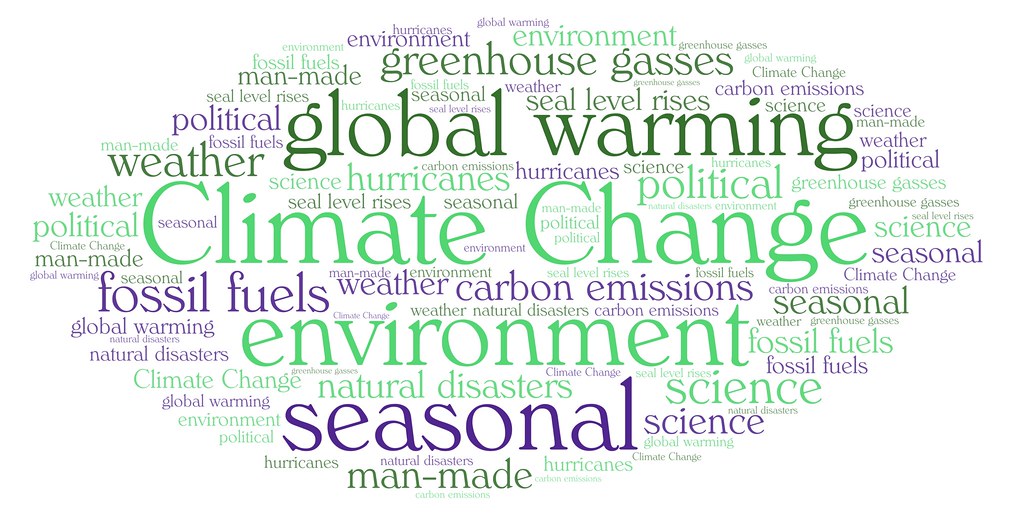With the climate changing progressively in Michigan, our wildlife is becoming greatly affected by it. The CCVI Analyst states that “17% of terrestrial game species and 61% of terrestrial and aquatic Species of Greatest Conservation Need (SGCN) are vulnerable.” Animals can not adapt to the climate changing due to it getting warmer with more precipitation, every year. Animals live in certain areas for a reason and when they start to change, they are left struggling to survive and adapt.
Every year, it is getting warmer and warmer, which is negatively benefiting animals that rely on cooler temperatures. Michigan DNR writes, “In the next 40 years, temperatures are projected to rise 7 to 12 times as fast.” With animals already being affected by the smaller change in climate, over the next few years, it is going to get increasingly worse. Each year more animals are going to lose their habitats, the food they eat, their ability to successfully produce offspring, and more.
One of the animals that are being affected by climate change is the red fox. With there being more precipitation every year, the animals are stuck living with muddy coats. Manistee news says, “With winter looming, many animals are busy looking for shelter from the cold, while others avoid it by migrating to warmer climates. The red fox does neither.” Red foxes enjoy being in the cold and have lots of fur to hold them over for the colder days. Since every year is getting warm, the foxes do not get the super cold days to enjoy anymore.
Another animal affected is the lake whitefish which rely on reefs to incubate their eggs. The Nature Conservancy states, “Lake whitefish populations in Lake Michigan and Lake Huron have undergone significant declines again—following a resurgence in the 1990s.” They lay their eggs in November and then they hatch in April. With a lot of waves happening over the lakes, the eggs incubate easier with ice coverage to slow them down. As it gets warmer and warmer, less ice coverage is happening therefore whitefish eggs are becoming dislodged from the reef and either washing up on shore or being eaten by predators.
Not only are tons of animals losing their homes and chances to survive, but climate change is also impacting human quality of life. While it is getting worse and worse, there are things we can do to help it. People are using too many harmful energy forms that are damaging the environment. Cautiously choosing what type of devices people are using in their homes is the most important way to help decrease the effect of climate change. Another way we can help is by reducing water and food waste. The more water that is used means more water has to be treated and cleaned which increases carbon pollution. Driving a fuel-efficient car can also help to reduce automotive emissions, while also helping to save money. Last, and the most obvious is to recycle items as much as possible so they don’t have to be burned in landfills when not needed.





